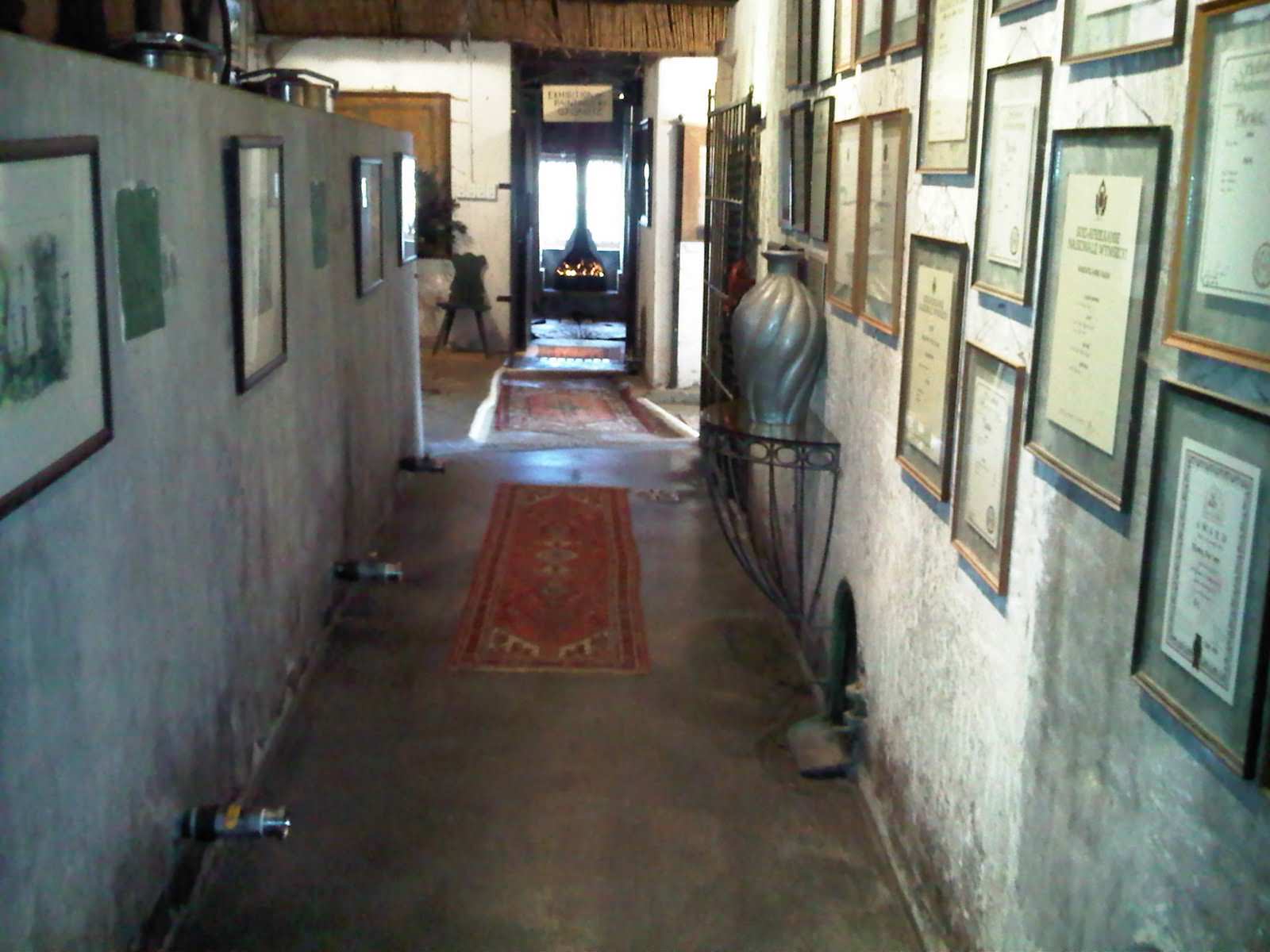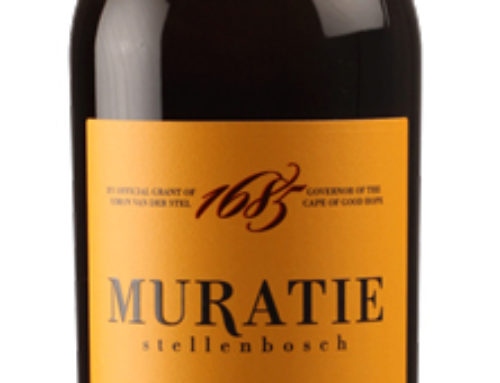From Hunter Gatherer Vintner Blog
Without doubt the centre of the Cape wine universe, Stellenbosch boasts a myriad of producers, varieties and styles but only a handful are dedicated to the most fickle red variety of them all – Pinot Noir.
Those who can be singled out for particular dedication to the grape include Meerlust, Muratie, Vriesenhof and relative newcomer Pepin Conde, all of whom are beginning to master – if it’s possible – the heart break grape.
All have been fine tuning things according to her capricious demands including relocating vineyards (I want a view please), planting of modern clones (only the best gear will do), and experimenting with fermentation techniques and oaking (The best spa treatments please).
It was first planted on the slopes of Stellenbosch’s Simonsberg in 1927 while 2011 marks the 40th Anniversary of the Stellenbosch Wine Route and the 10th of its Wine Festival (28-31 July 2011).
Muratie – site of the first plantings – have re-located their modern clone vineyard lower down the valley after discovering that higher is not always cooler and have found that gentler extraction is more suited to the new site. This wine (‘09) showed good purity of fruit and was the most structured of the four with firm tannins – for Pinot that is. Oaking here is 30% new from Burgundian coopers. (R150 per bottle ex farm). Winemaker Francois Conradie has been the impact player but he plans on making it a longer tenure.
On the other side of town, Vriesenhof are establishing Burgundy-like higher density vineyards with modern clones. Until their new plantings come on stream they are increasing intensity through higher extraction during fermentation including rack & return (délestage) and punch downs (pigeage). Oaking here is also around 30% new. This wine (‘08) was the more traditional of the flight in that it displayed some attractive earthy – and delicious curry leaf notes – rather than straight up fruit (R215 per bottle ex farm).
Meerlust have relocated some of their Pinot vineyard to higher Southern and False Bay-facing slopes and like Muratie are opting for more gentler extraction during fermentation. Here the difference is greater amount of new oak and the fruit (’09) is clearly up for it, displaying lovely texture – the signature of good Pinot – and perfumed intensity on the nose. (R200 per bottle ex farm). Winemaker Chris Williams says using some older BK5 clone with the modern clones adds to the wine’s texture.
Pepin Conde (Stark-Conde) is made from Elgin fruit at their Stellenbosch cellar where you can buy the 2010. Using only pigeage, Jose Conde has gone for greater extraction of the fermentation cap followed by mostly 3rd and 4th fill and about 10% new French oak. After working with growers for some 7 years, the fruit is from a very low-yielding site on the Palmiet River facing the Koegelberg Nature reserve. Judicious oaking of Elgin fruit has allowed for bright cherry and raspberry fruit expression (R95 per bottle ex farm).
Now Pinotphiles are accustomed to higher prices for the sexiest variety and although not always vindicated, bear in mind that all these wines are from low yielding vines – as low as 2t/ha – and that good Pinot is far trickier to grow and make than say Cabernet Sauvignon for example. There is also a premium for its rarity.
Cape Pinot has improved greatly in terms of quantity and quality in recent years and it was not easy to pick a favourite. All of them displayed, in varying degrees, typical cherry aromas – although Vriesenhof was more in the savoury and earthy style – but as



